Trade shows provide numerous possibilities to display your offerings, establish connections with prospective clients and collaborators, and drive leads and revenue. However, it can be challenging to ensure that your trade show communication resonates with your target audience and hits your business objectives for the event and in the long run.
In this chapter, we will offer valuable guidance on crafting and conveying a sustainable trade show messaging plan that sets you apart from the rest and fosters enduring connections with potential customers and partners.
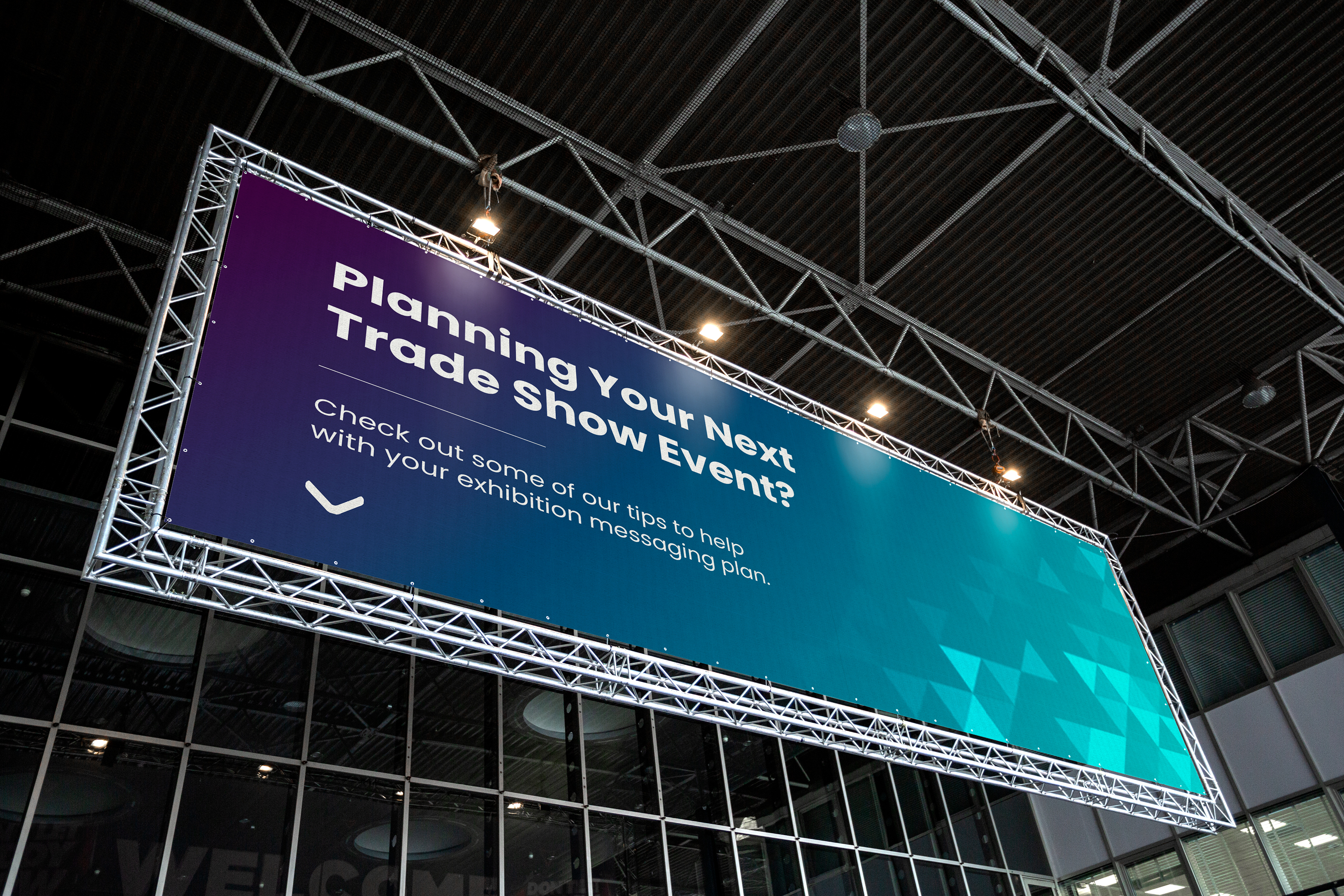
Define your core message
Laying down the groundwork is necessary for any trade show task. First off, and as mentioned in previous chapters, it’s essential to decide on your trade show objectives. Whether that’s boosting brand awareness, tapping into a new market segment, or launching a new service or product, your core message should align with the objectives you set. Remember that your objectives should be specific, measurable, and aligned with your overall marketing strategy.
Additionally, your core message should be cohesive across all exhibition interactions and materials. It should also be clear and concise, as this can make your messaging impactful and easier to remember.
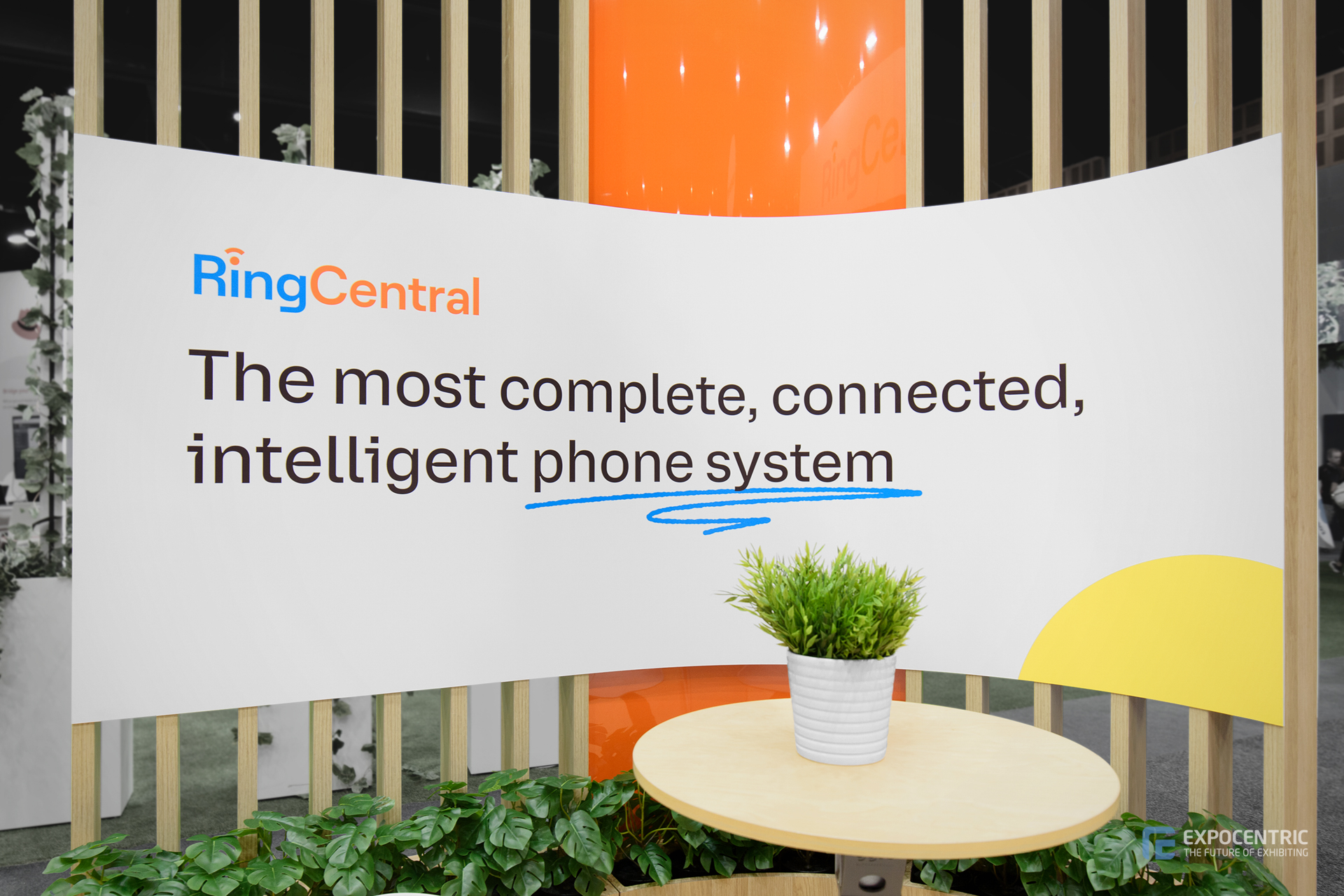
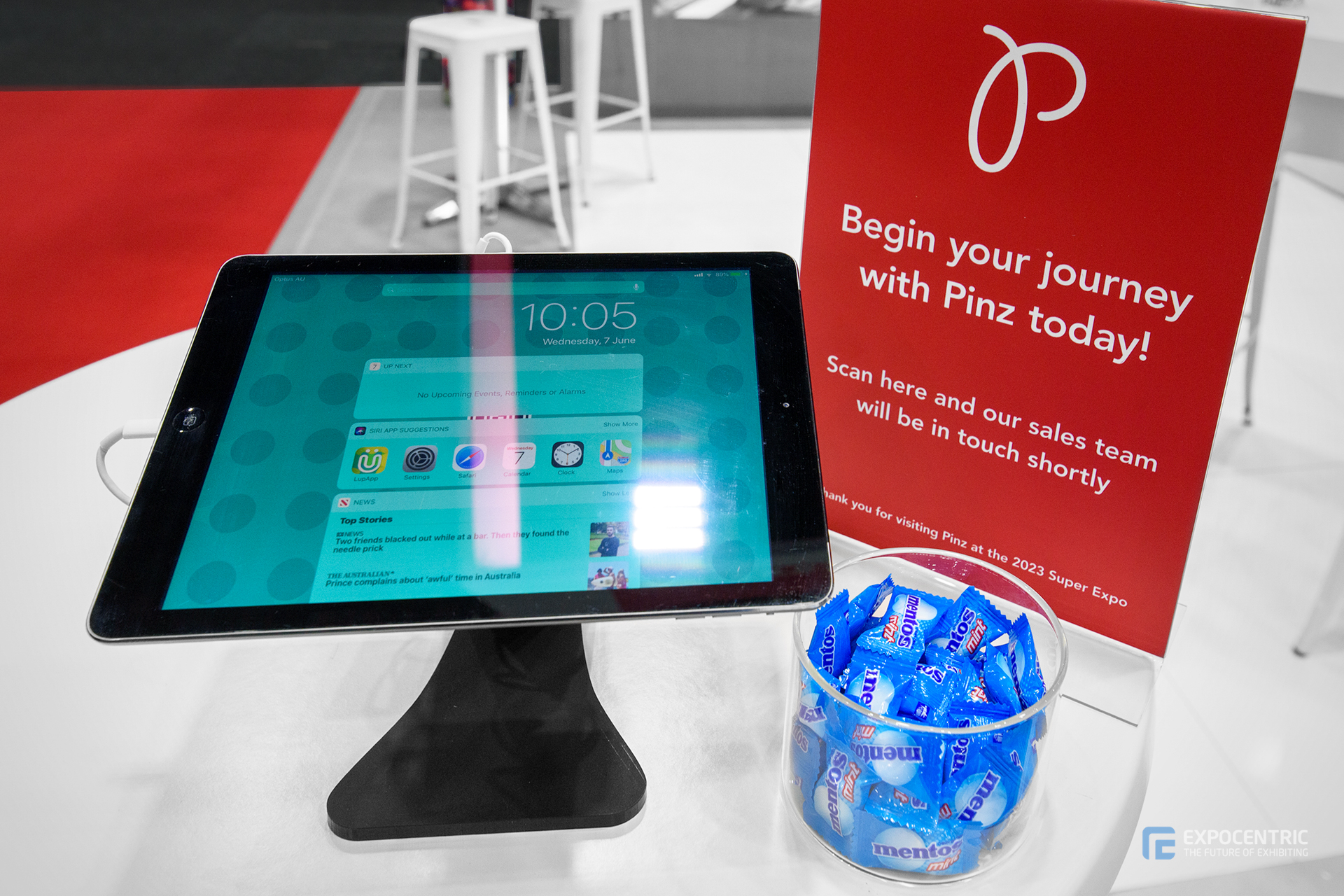
Create a content plan and a system for delivering messages
Develop a content plan that outlines the key messages and content types you will use at the trade show. This may include brochures, videos, presentations, booth design, infographics, and interactive displays, then identify the specific messages and call-to-actions for each content type. For example, the specific message that’s designated to the video content can be social proof, while brochures can have service offerings and account managers’ contact details as its assigned key message.
Moreover, map out the cadence of information you need your audience to flow through so they can warm up to your call-to-actions more effectively. For instance, it will be harder to get a lead to sign up when they haven’t seen your product offerings yet. Deciding on the timing and flow for delivering your messages will help maximise your collaterals.
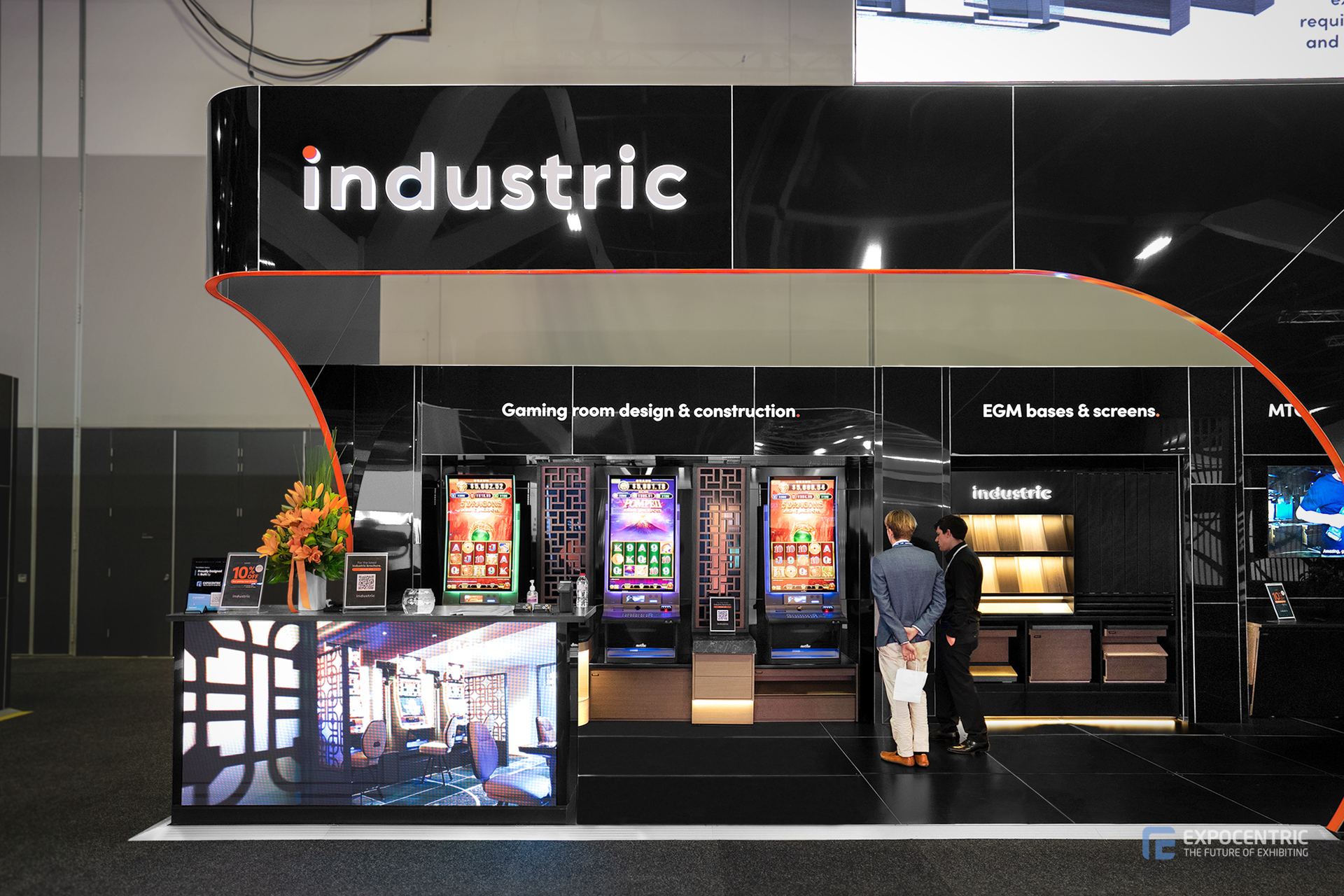
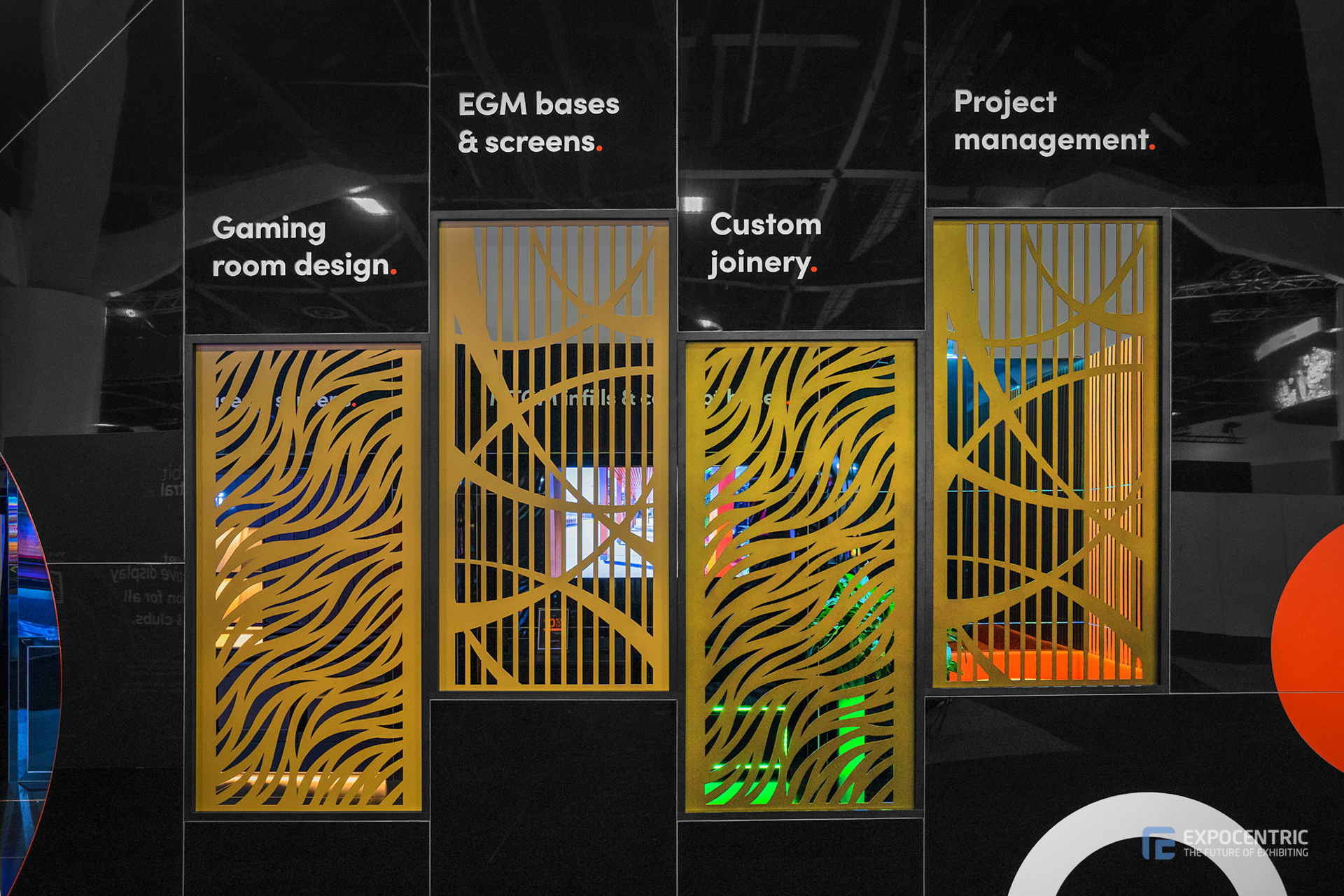
Calibrate your message to your audience
After establishing your core message, the next step is to harmonize it with your target audience. This entails gaining a deep understanding of your ideal trade show attendees, comprehending their needs and challenges, and matching your offerings to those details so you can provide valuable solutions.
Furthermore, it’s essential to consider the broader context of the trade show, competitive environment, and industry trends. Doing market research, and evaluating data from previous years in the trade show (if this isn’t your first time) can help you integrate your messaging more seamlessly, thus increasing your relevance and effectiveness at the trade show.

Convert your attendee’s attention into valuable dialogue
Once you have eyeballs and foot traffic, converting that attention to a conversation is crucial. Starting with a sales pitch can be tacky. Asking open-ended questions that make for a conversation will give more value to both your business and prospective customers. Asking questions like, “What challenges is your business facing?” can give you a warmer opening to provide solutions through your offerings.
Remember to tailor your approach based on the attendee’s interests or the industry they represent. This shows that you’ve done your homework and are genuinely interested in their needs. Make it a point that every conversation provides value to the attendee, whether it’s information, insights, or solutions to their problems.
To wrap it up, the key to optimising your messaging is to be data-driven, audience-focused, engaging, and value-driven. Providing valuable content and experiences that address attendees’ needs and interests will help you effectively deliver your messages during trade shows.


